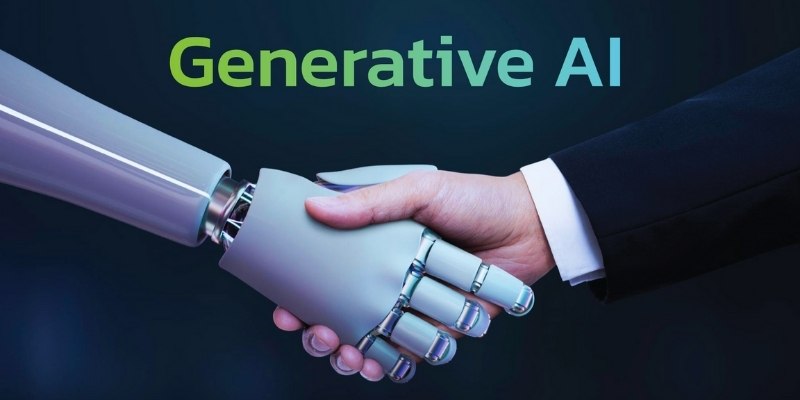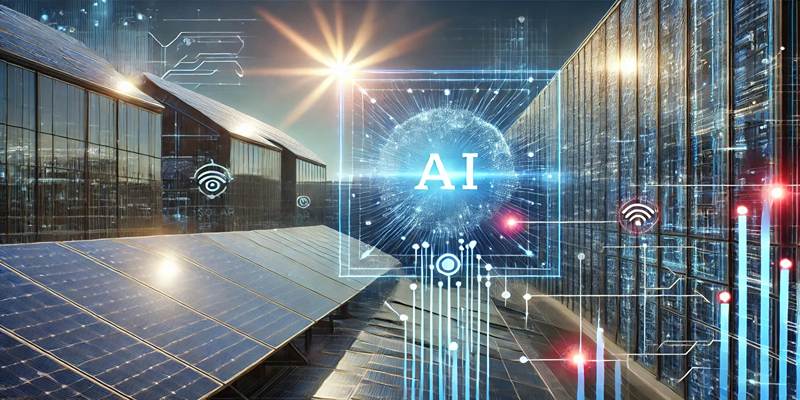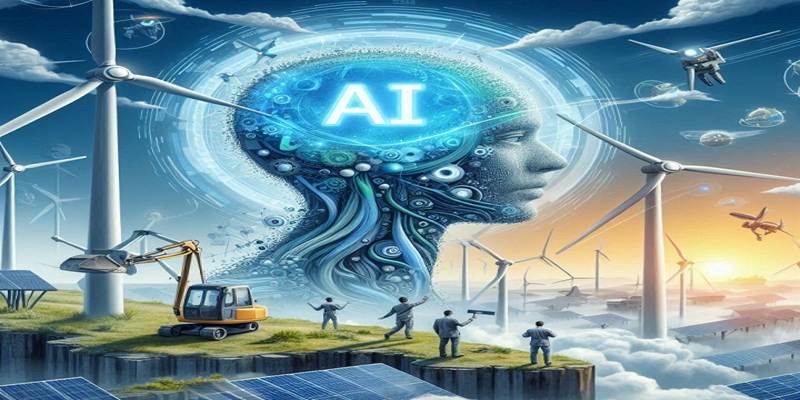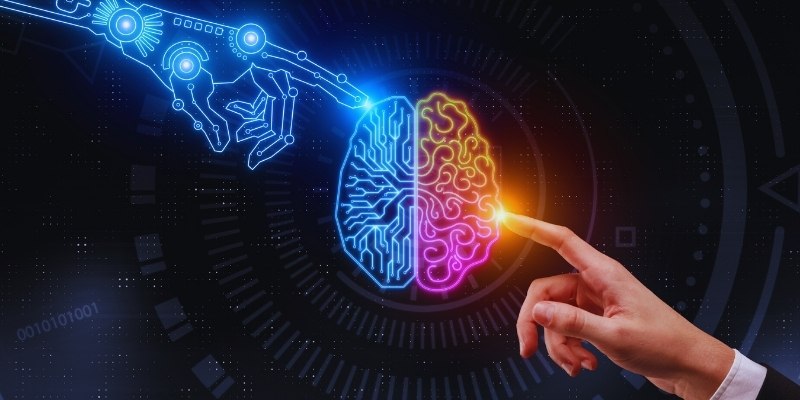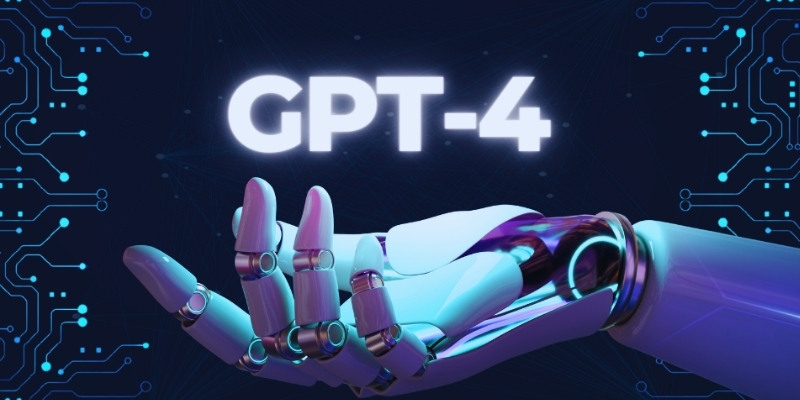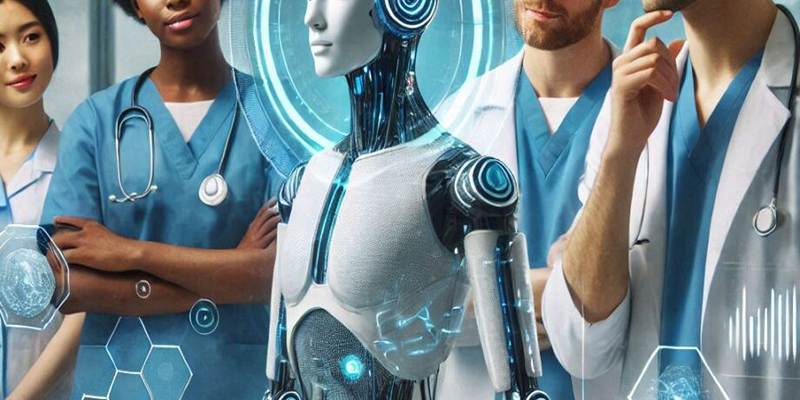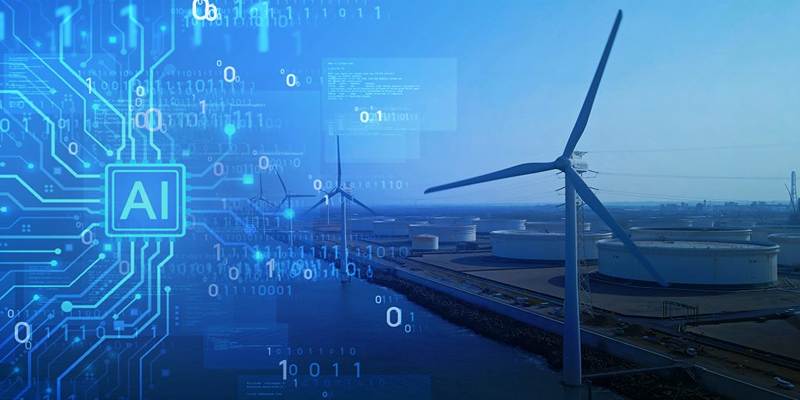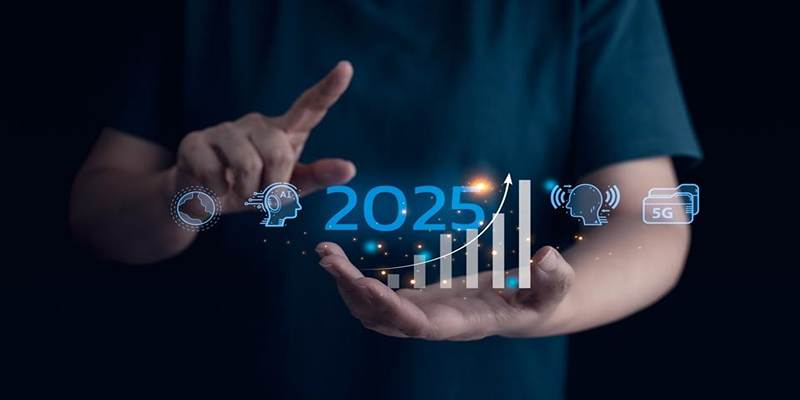AI and no-code platforms are making faster, more effective creation possible, changing software development. These technologies remove technological constraints, enabling developers to realize ideas easily. While no-code systems streamline app-building and increase development accessibility, artificial intelligence automates difficult jobs. Traditional coding typically slows down projects, and it requires knowledge and time.
While artificial intelligence increases capability through data analysis, outcome prediction, and automation enhancement, no-code solutions help users create applications without writing code. This collaboration drives invention and speeds up processes. Startups, companies, and people can now rapidly create software, lowering costs and improving productivity. No-code systems driven by artificial intelligence turn the emphasis from technical difficulties to creativity. Developers of all skill levels can use these technologies to simplify projects and change the software market.
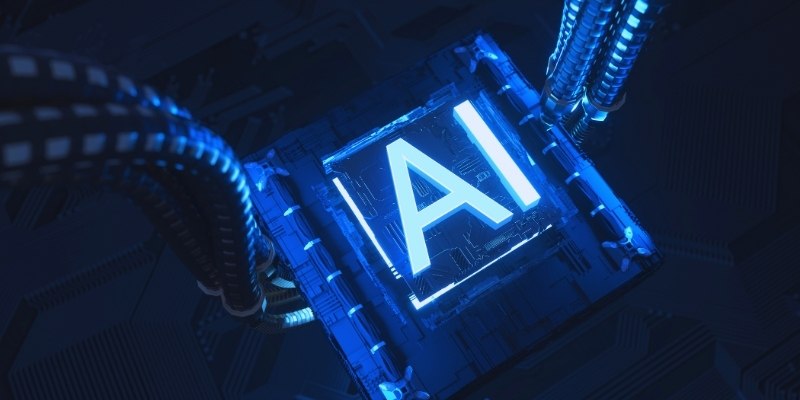
The Rise of No-Code Platforms
Platforms for no-code development, or NCDPs, simplify software creation. They provide automated tools, pre-built templates, and drag-and-drop interfaces. Users can create by applying design, websites, and processes without coding. This streamlines the process and makes development available to non-programmers. No-code systems let companies create internal dashboards, customer portals, and automated processes. These technologies avoid the need for complicated coding and help lower expenses. Popular sites like Bubble, Adalo, and OutSystems offer adaptability and simplification of development.
Businesses can boost efficiency and introduce goods faster. No-code sites also help developers. They can concentrate on high-level problem-solving rather than penning endless code. No-code tools are enhanced by AI-powered automation, hence enhancing performance and capability. Combining artificial intelligence and no-code will allow companies and developers to produce software rapidly. This potent mix is changing how applications are developed, increasing the accessibility and efficiency of software development for all.
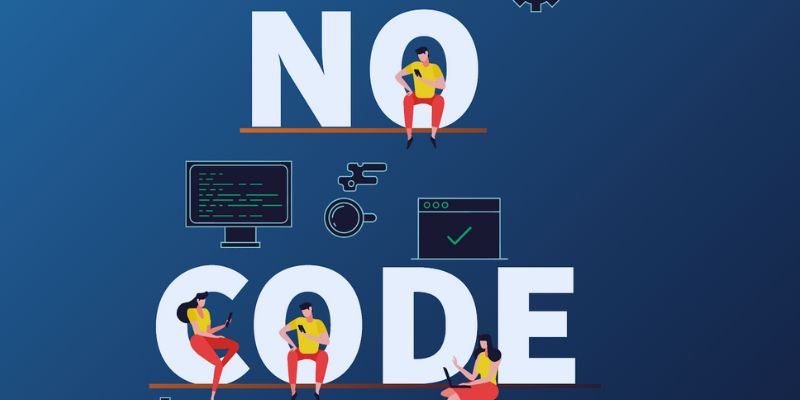
How AI Enhances No-Code Development
Artificial intelligence makes no-code systems smarter and more effective. It brings tools, including automated debugging, natural language processing (NLP), and predictive analytics. These technologies increase functionality and streamline app development so users can rapidly create strong applications. AI-powered chatbots are one big advantage. No-code tools let companies create chatbots for customer service. AI improves them through accurate answers and user query interpretation. It lessens human work and enhances the consumer experience.
AI supports data analysis as well. It offers insights, finds trends, and handles large amounts of data. It helps creators to maximize programs and make wise judgments. Automated code generation offers another benefit. AI finds mistakes, offers code snippets, and simplifies procedures. It accelerates development and lessens hand labor. Artificial intelligence and no-code tools make smart, more effective apps possible. It enables companies and developers to create solutions quickly and successfully.
Benefits for Developers and Businesses
Combining artificial intelligence with no code increases efficiency, lowers expenses, automates jobs, and speeds software development.
- Faster Development: AI automation and no-code tools hasten project completion. Companies may create and release applications rapidly. Faster development enables businesses to remain competitive and adjust to evolving consumer needs.
- Lower Costs: Businesses save money by cutting IT costs and developer hours. No-code systems save hiring and training expenses by removing the need for sizable development teams. Companies might set aside funds for other vital areas of expansion.
- Increased Accessibility: Non-technical users can create applications without knowing the code. This allows people, small companies, and startups to design customized solutions. More people can be involved in digital innovation without depending on expert coders, fostering creativity.
- Better Efficiency: AI helps developers concentrate on innovation and creativity by automating tedious chores. Automation enhances productivity, lowers errors, and minimizes manual labor, smoothing processes and producing superior results.
- Scalability: No-code systems driven by artificial intelligence enable easy corporate expansion. Businesses can increase applications without doing significant rework. This adaptability helps companies meet new demands and scale effectively, guaranteeing long-term success.
How AI and No-Code Are Transforming Industries?
Artificial intelligence and no-code platforms are revolutionizing sectors by increasing access to and efficiency of technology. Companies may create applications, automate tasks, and examine data without coding knowledge. This invention is changing several different industries. No-code technologies driven by artificial intelligence help with patient records, appointment scheduling, and diagnostics in healthcare. Hospitals can improve patient care and increase their efficiency. AI automates consumer service, risk assessment, and fraud detection in finance.
No-code systems enable companies in the financial industry to construct safe apps for administration and transactions. Retail companies apply artificial intelligence for consumer interaction, inventory tracking, and tailored shopping. Small companies can quickly create e-commerce stores with no-code systems. AI-powered tools in education tailor instruction, grade automatically, and improve student support. No-code tools help organizations create tailored systems of management. Combining artificial intelligence with no code fosters creativity, lowers costs, and increases industry-wide efficiency.
The Future of AI and No-Code Development
With machine learning developments rendering these tools increasingly smarter, the future of artificial intelligence and no-code platforms seems bright. AI-powered no-code solutions will lower manual labor and increase productivity by managing difficult chores, including software testing, deployment, and automation. As more companies embrace AI-driven no-code development, faster innovation and cost savings will result. Businesses will rapidly create and expand applications, reducing dependency on conventional coding. Developers will, however, be quite important.
Instead of repetitious programming, they will concentrate on system architecture, artificial intelligence training, and custom integrations. As artificial intelligence and no-code technologies improve, developers will have increasingly strong tools to produce smarter apps. Companies will easily automate processes, improve decision-making, and simplify operations. This change will redefine the software sector and increase the accessibility of development. No code combined with artificial intelligence will inspire creativity and enable companies to remain competitive in the digital scene.
Conclusion:
Simplifying software development empowers developers using artificial intelligence and no-code tools. They increase productivity, speed up processes, and reduce coding obstacles. Faster product introductions, lower prices, and more innovation help companies. AI-driven automation improves no-code capabilities, guiding development towards smarter and more easily accessible outcomes. This strong mix lets non-technical and technical users easily construct apps. With ongoing developments in automation and intelligence, artificial intelligence and no-code creation have bright futures. Using these instruments will help developers remain competitive. Using AI and no code will let them realize ideas faster than ever, advancing the software sector.
